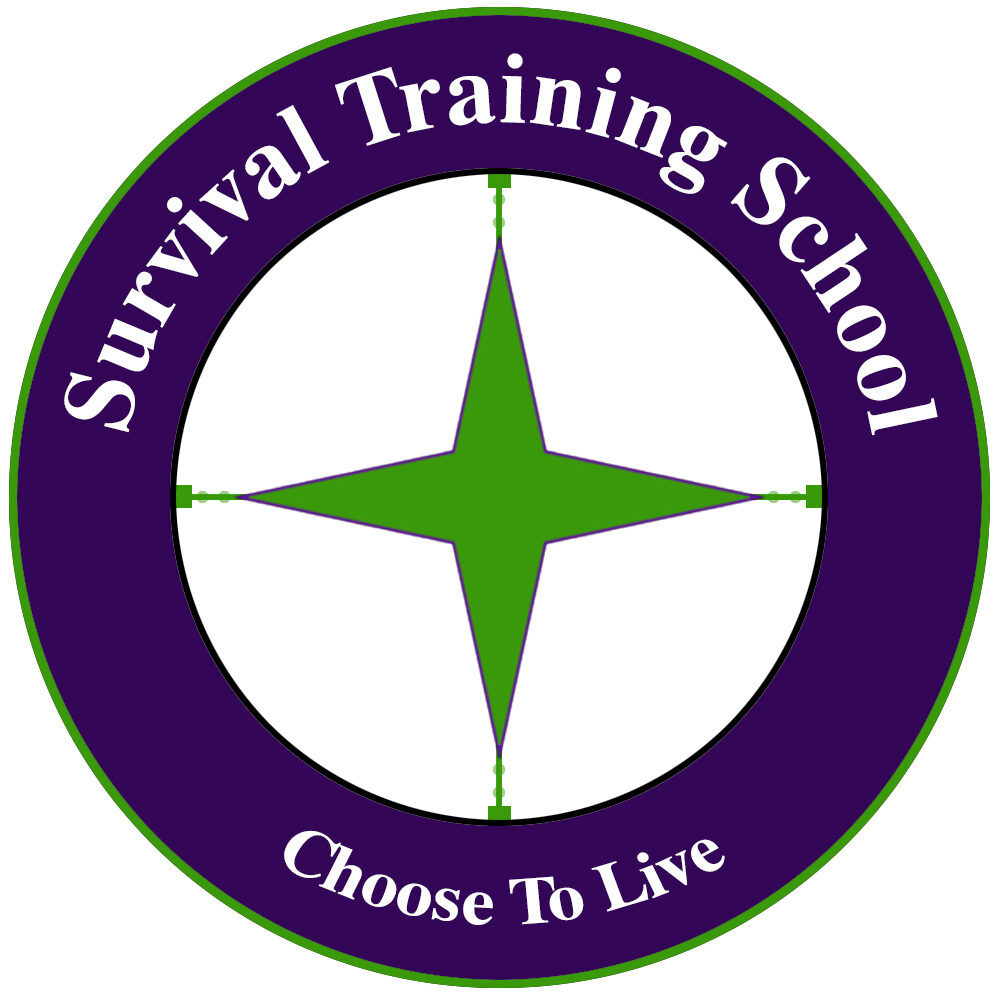You live in Thousand Oaks, California and on the morning of November 23 are awakened at 4:30 am by the violent shaking of your home. Immediately, you realize you are experiencing a major earthquake; the San Andreas Fault has erupted. It is the “Big One” that has been talked about for decades and that many have prepared for — many more have not. You have a major problem; the earthquake hit with larger than expected intensity, measuring 9.3 and lasting 12 minutes. What does this mean? It means that it is 35 times more powerful and lasted 12 times longer than the famed 1906 San Francisco earthquake that destroyed the entire city. To make matters worse, not only did the San Andreas Fault rupture, but the intensity is so large that it caused all the shallow faults in the metropolitan Los Angeles area to rupture as well, which include the Whittier, Santa Monica (running west to east from the Pacific to Hollywood, almost connecting with the Hollywood Fault then, stretching into Pasadena nearly connecting with the Raymond fault through Pasadena into the foothills), Puente Hills (just southwest of downtown LA), Sierra Madre, Chino, Newport-Inglewood (running NNW from Beverly Hills on the north to Newport Beach in the south, cutting travel and infrastructure along its path), Elsinore (running southeast from downtown all the way to Temecula), and over a dozen more faults in the basin. The real problem is that shallow faults cause the most damage to homes, roadways, power and gas infrastructure, and structures of all types. After a while, the shaking stops so, you look outside.

What remains of the city looks like a war zone. Power is out so; you turn on your emergency radio. The Federal Emergency Management Agency is already broadcasting via its nationwide Emergency Alert System (EAS). A report is being issued about the quake and damage assessment. The main water sources to the Los Angeles metropolitan area, the Colorado River Aqueduct, Los Angeles Aqueduct, and California Aqueducts have all been cut. Major road damage to freeways, bridges, and back streets are being read off — almost all negotiable routes are severed. Gas mains and the power grid are down, as well as over 80 percent of cell towers for phone communications. A staging area has been set up near San Diego, 140 miles away. Your emergency plan (exit strategy/plan to escape) was to meet at your brother’s home in Victorville. The experience of hurricane Katrina indicates that the response of the government will be slow at best and that even if it is fast, dealing with over 18.5 million people in the metro/LA Basin area will be a monumental task that you immediately realize the government has a complete lack of capabilities and capacity to deal with. You also recognize that due to the size of the earthquake, a tsunami of 100 to 300 feet high is a real potential sweeping into the basin from the Pacific. You try to call your brother on your cell — there is no signal thus, you send him a short text that you are on your way, hoping it will go through. It is 120 miles to Victorville. You must get away from the coast as quickly as you can moving eastward. Your family is together with their packs and boots prepared for this very emergency, i.e., your go-bags are ready. Due to collapsed bridges, broken roadways, fissures, natural gas explosions, fires, and other destroyed infrastructure, you are forced to take a meandering path, prepared to help as many as you can while you travel — on foot. You will face a great many survival situations such as injury to yourself or those in your group, injury to others, death of others, marauding looters and lawlessness, civil violence, lack of water, lack of food, personal and group security issues, the need to cross earthquake-caused fissures, and much more. What is your strategy to survive what will be at least a 3 to 4-day trip or more?


